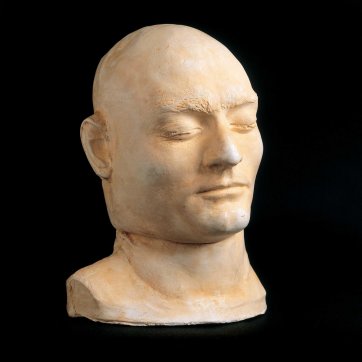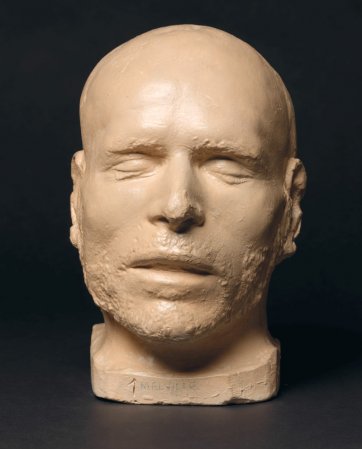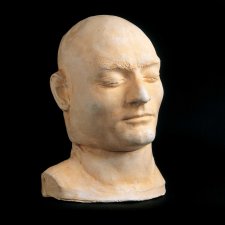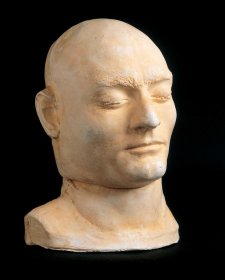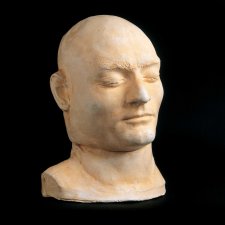Waxworks were among the various types of entertainment venue to emerge in Australian cities in the mid-19th century. In Melbourne, wax modeller Ellen Williams opened a waxworks at the theatre end of Bourke Street in 1858, operating in tandem with the 'Phrenological Museum' run by her companion, Philemon Sohier, whom she married in 1859. She later opened a business in Sydney and toured elements of her collection to Tasmania during the 1860s.
Taking Madame Tussaud’s as a model, Madame Sohier's Waxworks Exhibition featured the usual, illustrious subjects – monarchs, military heroes and the like – as well as a 'Criminals Room' containing lurid effigies of infamous offenders, their waxen likenesses often being based on death masks.
Although these displays overtly appealed to predilections for scandal or titillation, waxworks proprietors often justified their inclusion by claiming that they provided a means of instruction and moral improvement. This blurred distinction between entertainment and information was exemplified by Sohier's successor, Max Kreitmayer, a medical modeller by training, who acquired the Melbourne business in 1870.
